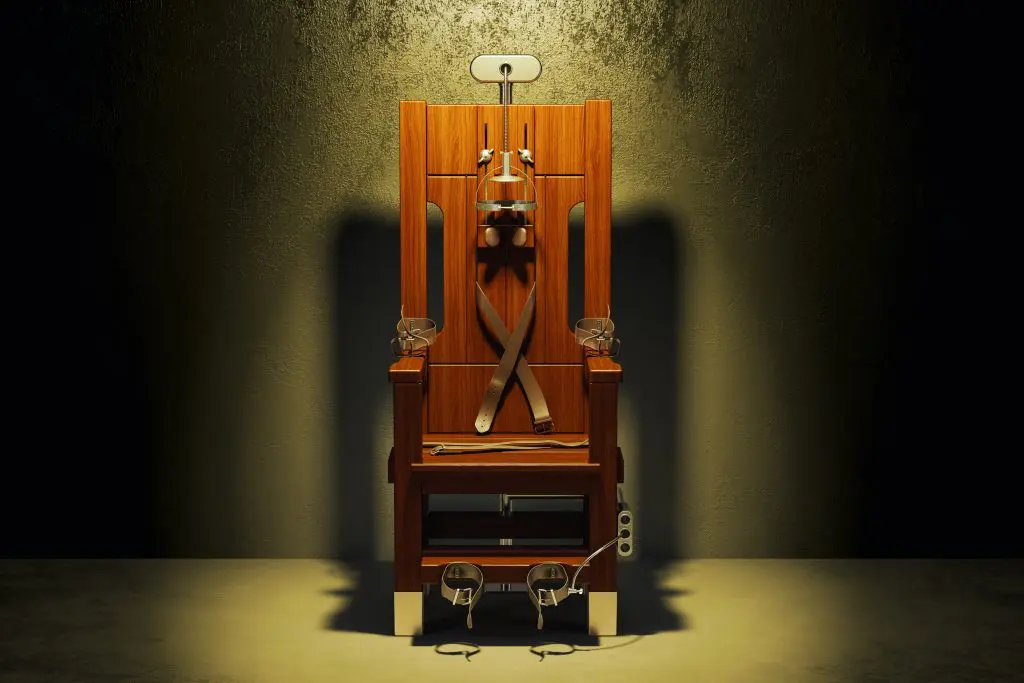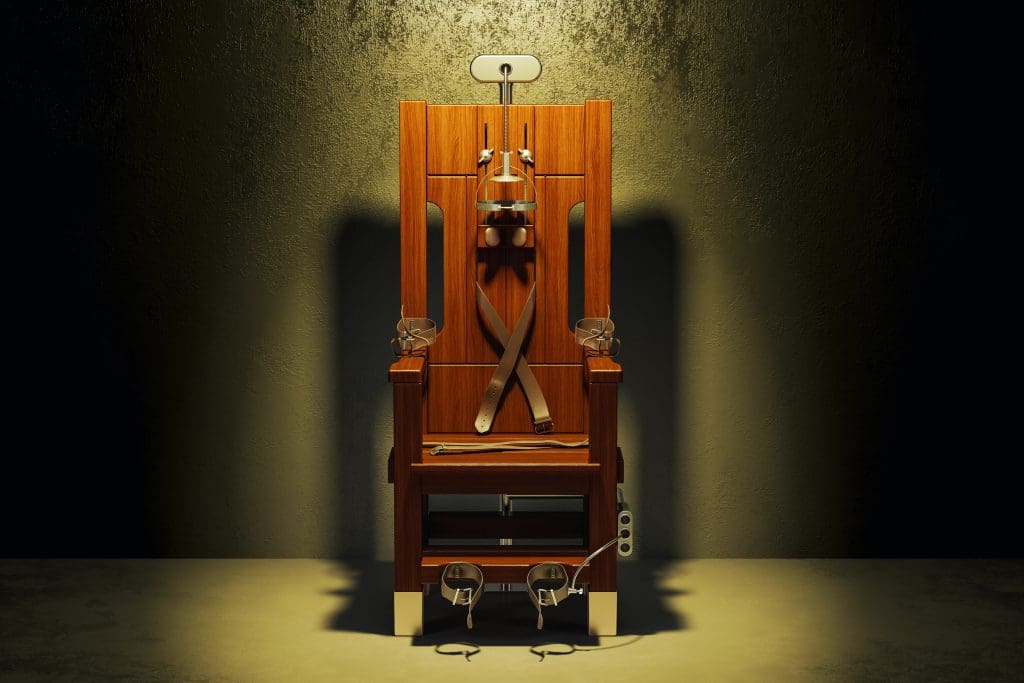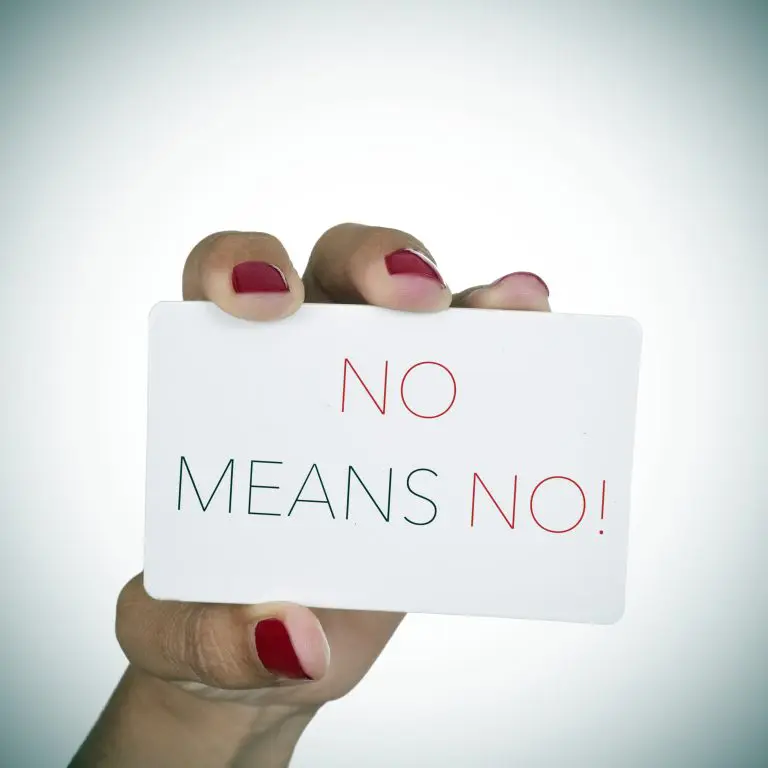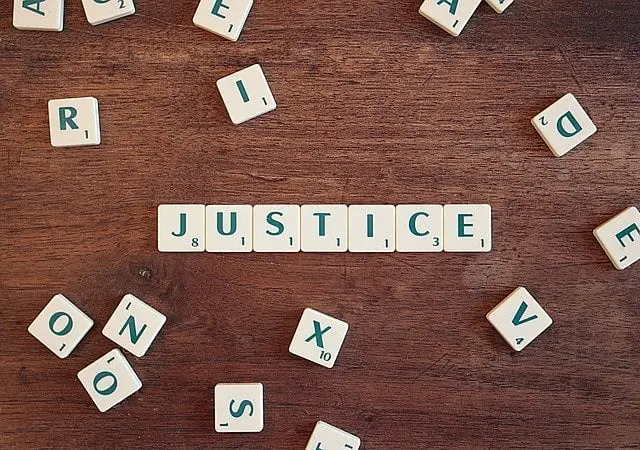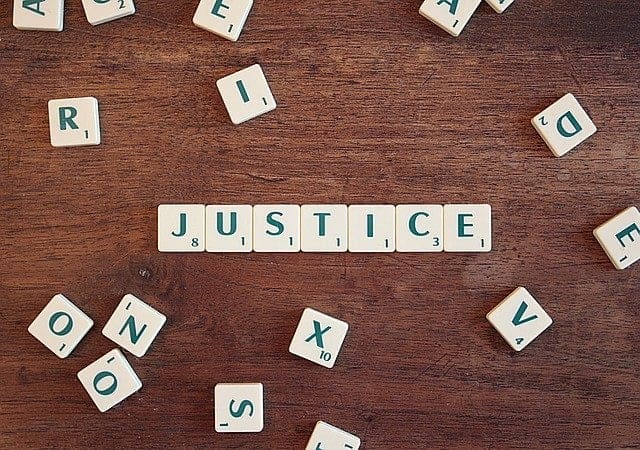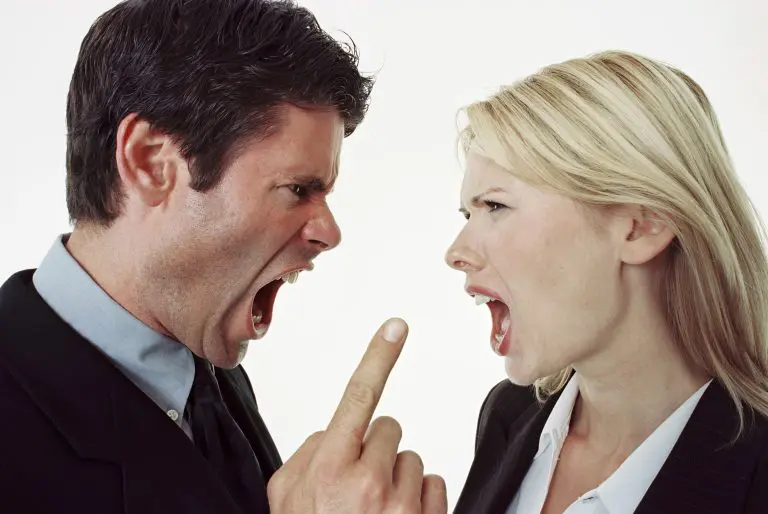A Look At The Juvenile Death Penalty
Por el difunto Bill Bickel, antiguo director de la revista Crime, Justice and America. Publicado originalmente en 2004 y reproducido con permiso de la revista Crime, Justice and America.
“I don’t think we should be proud of the fact that the United States is the world leader in the execution of child offenders” –U.S. Senator Russ Feingold, 11/11/99
Between September 14 and October 24 of last year, residents of Washington D.C. and nearby counties of Maryland and Virginia lived in fear of an unknown sniper who shot fourteen random victims, killing ten of them. When the state of siege ended – and it was a state of siege, with schoolchildren kept inside during recess and motorists wary of filling their gas tanks within the D.C. area – we learned that there were two snipers: John Allen Muhammad, and 17-year-old Lee Malvo.
Malvo’s involvement has both renewed interest in the so-called “juvenile death penalty”, and – possibly – kept the U.S. Supreme Court from dealing with the question this year.
First, let’s define our terms: The juvenile death penalty” refers to death sentences imposed on defendants who commit capital murder before their 18th birthdays. In the weeks leading up to the execution of Toronto Patterson last summer, dozens of web sites appeared protesting against “The State of Texas killing a teenager,” illustrated with Patterson’s childhood photos. You had to do the math yourself to figure out that Toronto Patterson was 25 at the time.
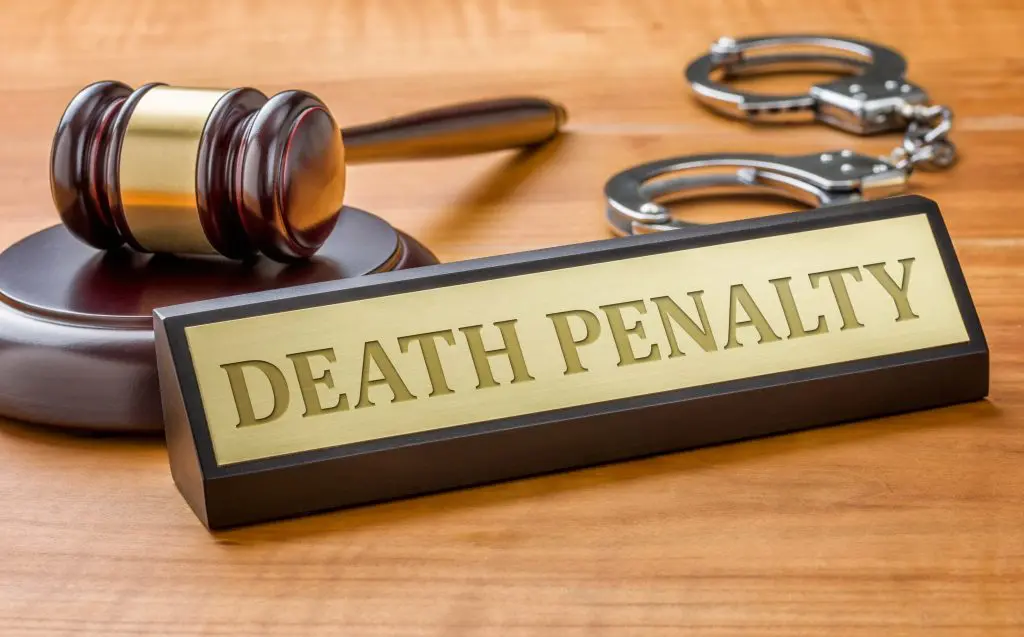
-
Abogados.Media
-
@abogados_media
-
linkedin
-
Digg
-
Newsvine
-
StumbleUpon
The last six “juveniles” to be executed were, in fact, 25, 25, 25 27, 33 and 36. Patterson was 17 years old when (beyond reasonable doubt) he murdered three of his cousins. He became the 21st man – they’ve all been men – executed for “juvenile murder” since the death penalty was reinstated in 1976.
The “Magic” 18th Birthday
Let’s be honest here: The arguments against executing juvenile murderers, whether valid or not, are all coming from groups and individuals opposed to capital punishment in general – just as, say, proposed laws that would restrict abortions (whether they claim to motivated by concerns for health, state’s rights or parental rights) are invariably introduced by pro-lifers. Nothing wrong with this: It’s just nice to know everybody’s true agenda.
Obviously, a young man doesn’t suddenly gain the ability to appreciate the consequences of his actions the day he turns 18. Both Napoleon Beazley (executed last May) and Lee Malvo, to name two, were close to their 18th birthdays when they committed their murders. Surely nobody would seriously argue that an extra month or so would have made them more culpable.
The American Bar Association, in its fact sheet about the juvenile death penalty (which it opposes), quotes Harvard Medical School, National Institute of Mental Health and UCLA Neuroscience Department studies indicating that the parts of the brain governing judgment, reasoning and impulse control aren’t fully developed until a person reaches his early 20s. Logically, this should suggest that the minimum age for imposition of the death penalty should be raised to 22 or 23.
The American Society for Adolescent Psychiatry, in an (unsuccessful) amicus brief in Wilkins v Missouri (see below), argued that the juvenile death penalty violated the Equal Protection Clause of the Fourteenth Amendment: This clause has been interpreted to mean that classes of people may be treated differently, but that the difference in treatment must be rationally related to a legitimate government interest … The practice of separating sixteen- and seventeen-year-olds from other minors and subjecting them to execution violates the Equal Protection Clause by failing to bear a rational relationship to a legitimate government interest. The Supreme Court has determined that deterrence and retribution are legitimate purposes for imposing capital punishment; [but] sixteen- and seventeen-year-olds, like other minors, lack the maturity and experience to be as blameworthy as adult offenders, [and therefore] their adolescent sense of indestructibility makes them poor candidates for deterrence (from “United States: A World Leader in Executing Juveniles”, published by Human Rights Watch)
U. S. Law
The minimum age of 16 was set by the U.S. Supreme Court in 1988’s Thompson v Oklahoma, when they ruled that executing anybody for crimes committed while 15 or younger violated the Constitution’s Eighth Amendment (cruel and unusual punishment). A year later, Stanford v Kentucky and Wilkins v Missouri failed to persuade the Justices that executions for murders committed by 16- and 17-year-olds were equally unconstitutional (though in fact the 1999 execution of Sean Sellers – who was 29 at the time – marked the first time in 40 years that anybody had been put to death for murders committed while only 16).


-
Abogados.Media
-
@abogados_media
-
linkedin
-
Digg
-
Newsvine
-
StumbleUpon
Currently, eighteen states (plus the Federal Government) allow 16- and 17-year-olds to be sentenced to death – and ten of them (AZ, AK, FL, KY, MI, MO, NV, PA, SD and TX) have at least introduced legislation to raise the age to 18; though the Death Penalty Information Center, an organization opposed to capital punishment, considers the likelihood of any change to be “minimal”.
World Law
In 1989, the United Nation’s Convention on the Rights of the Child established a set of civil, political, economic, social and cultural rights for the world’s children, and proclaimed that that children should be protected from all forms of mental and physical violence and maltreatment (specific protocols prohibiting the involvement of children in armed conflict, the sale of children, child prostitution and child pornography were added last year). Article 37(a) states: No child shall be subjected to torture or other cruel, inhuman or degrading treatment or punishment. Neither capital punishment nor life imprisonment without possibility of release shall be imposed for offences committed by persons below eighteen years of age.
One hundred ninety-one countries have ratified it. The United States and Somalia have not.
Now, let’s be realistic: The vast majority of those 191 countries run roughshod over the civil, political, economic, social and cultural rights of their children – and adults – to an extent that most Americans can barely imagine. When all is said and done, we’re alone in having a Bill of Rights. But… In the eyes of the world, a world that isn’t always inclined to be friendly toward us, we and Somalia are the only countries not signing that piece of paper – and Somalia lacks any sort of stable government that can ratify the Convention.
How We Feel About It
It depends who’s asking – and probably how they’re asking: Amnesty International’s Death Penalty News (Dec. 1999) claims that the majority of Americans support the death penalty, even as applied to children. A May 2002 Gallup poll found that 69% of all Americans oppose the juvenile death penalty, while only 26% support it.
The Malvo Factor
Last October, Supreme Court Justices John Paul Stevens, David H. Souter, Ruth Bader Ginsburg and Stephen G. Breyer declared their opposition to the juvenile death penalty, calling it “a relic of the past … inconsistent with evolving standards of decency in a civilized society.” Stevens’s written opinion equated the juvenile death penalty to the execution of the mentally retarded, which the Court had banned in June (Atkins v Virginia) on the grounds that the “national consensus” was against the practice – and likewise, the public no longer appeared to favor executions for crimes committed by 16- and 17- year-olds. It seemed likely that the Court would revisit the issue during the 2002-3 session.


-
Abogados.Media
-
@abogados_media
-
linkedin
-
Digg
-
Newsvine
-
StumbleUpon
But relying on a “national consensus” is a two-edged sword: Even if the American mood is turning against the juvenile death penalty in principle, Lee Malvo is standing trial later this year (in Virginia, a venue chosen in part because he can be sentenced to death there) – and there’s very little public sympathy toward a man who’s allegedly told investigators that he was the gunman in most if not all of the shootings.
So in January, the Court declined to hear Hain v Mullin, which could have led to the abolition of the juvenile death penalty: Stevens, Souter, Ginsburg and Breyer could have forced the case to be heard (only four Justices are required for a review to be granted), but they presumably felt this was the wrong time to try to persuade a fifth Justice to change the law.
Which Leaves Us With…
…about 80 men on Death Row around the country for murders they committed before the age of 18. Scott Allen Hain, whose case was denied review in January, is scheduled to be put to death on April 3 in Oklahoma for a double murder he committed when he was 17.


